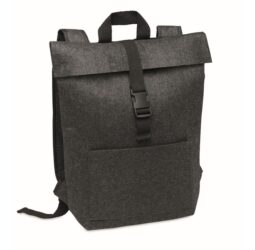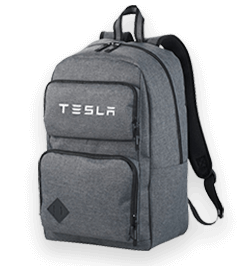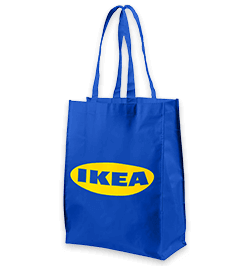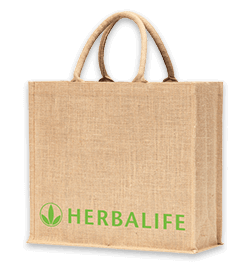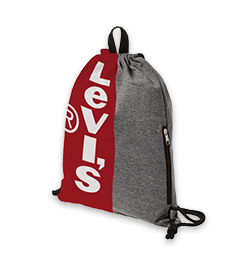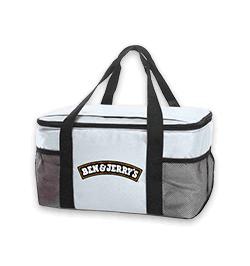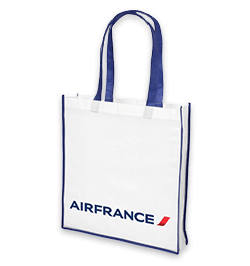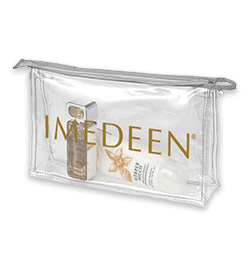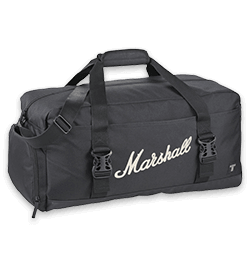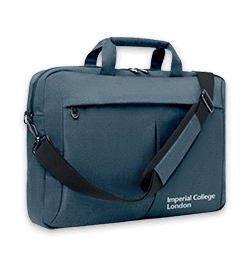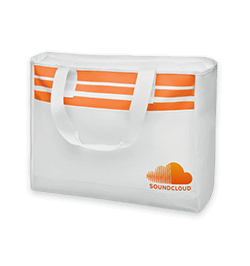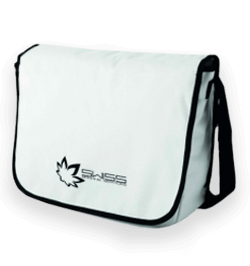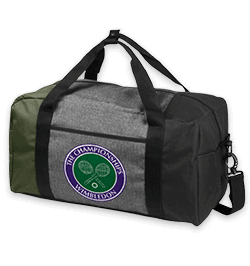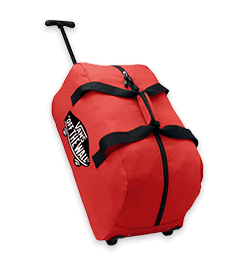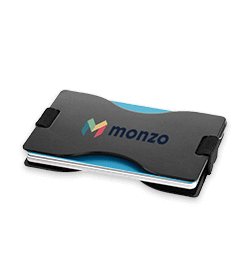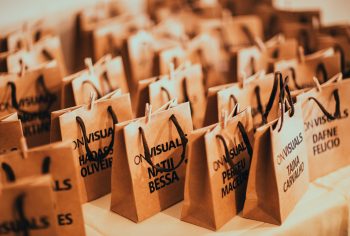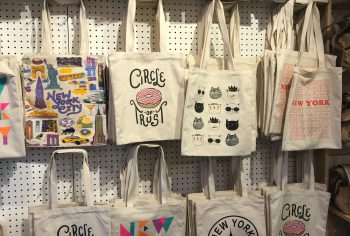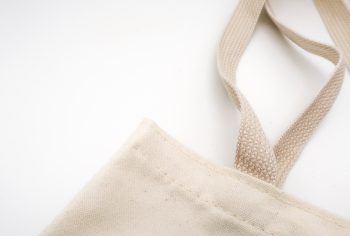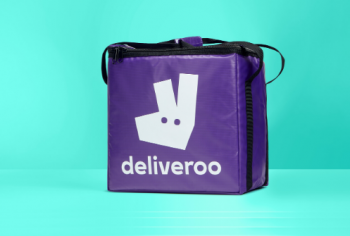How to Successfully Market your Bag Line
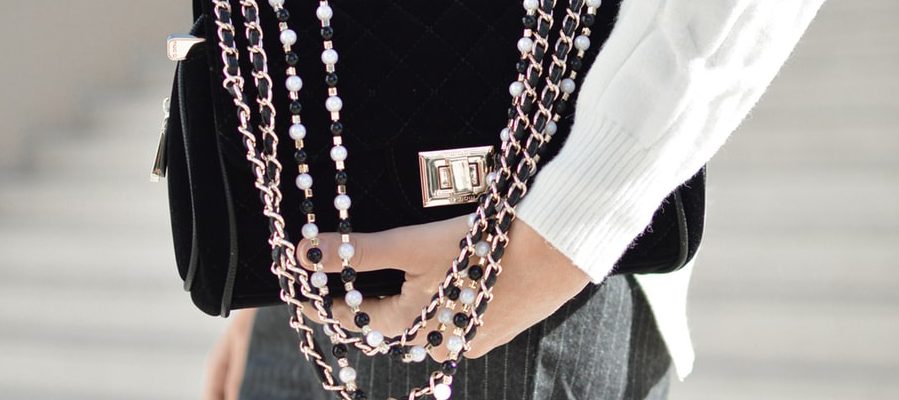
If you’re looking to design and market a line of bags, you likely know two things. The first is that the demand is there and the moment is now. Elle recently published a piece highlighting just a few of the runway-to-shelf styles, from clutches to bum bags to pieces that feature fun embellishments like feathers or fringe.
The second thing you probably know is that it’s an increasingly competitive market. However, the right go-to-market plan coupled with top-notch products can help you build awareness for your bag line and bring in customers. Here, we present a few considerations for marketing and promoting your line to boost your bag sales this year.
Know your Customer
You already have a customer in mind when designing your bag – now it’s time to get to know them better. Are you designing a product for women? Men? Working professionals? Sports enthusiasts? Learn more about where they shop, what they like, what other brands they buy and where they learn about new brands and ideas.
In general, when getting to know your customer, try to put yourself in your customer’s shoes – or bag!
One business influencer shares a few techniques to understand your customer better, including:
- Engage with your existing or potential customers and solicit their opinions through online or social media platforms and surveys. In other words, ask your network directly what they’re looking for.
- You’ve likely heard of buyer personas, in which you use demographics and data points to define your ideal customer. Rather than base your research on broad metrics like gender and age, try going deeper via Google analytics to see what exact sites generate the most traffic to your website.
You can also work backward here a bit. Another framework to get to know your customer is to think of Unique Selling Point, or USP. What is it about your particular vision or design that is special? Is your tailor-made bag a replica from a movie, music video or other cultural zeitgeist? Is it made from a particularly eco-friendly material (like this great shopping bag with cork details, below)? Does it solve a particular problem for the user? Does it contribute to a charitable cause? While you can identify the ideal customer to market your bag to, you can also create new customers by presenting a bag and USP that is new, needed or appreciated.
A great example of a positive, charitable USP is FEED Bags, which aims to tackle hunger and provide a meaningful shopping decision for its customers. For each bag sold, the company donates money to feed children in schools across the globe, in tandem with local partners. Each bag is numbered to represent the number of school meals provided with purchase. FEED has provided over 100 million meals to date!
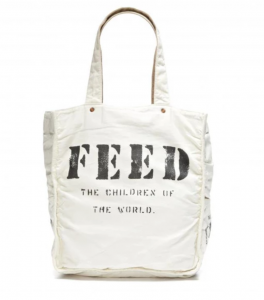
Find the Right Outlet
Once you really know your customer and their handbag preferences, you can determine the best outlets to sell your bags. Is your customer social media savvy and accustomed to online shopping? One popular route is to sell your bags online through maker marketplaces like Etsy or Amazon or even Facebook Marketplace. For more, check out this previous post we did on How to Sell your Bags Online.
Facebook, for example, offers a Marketplace for retail and ecommerce business to capture leads, communicate with buyers and boost sales. It’s a great avenue if you’re just getting started and trying to help people discover you and your handbags – you can customise your inventory from the start, reach and communicate with the right buyers, display bag reviews and analyse the data and ad performance.
You can also seek out retail sales opportunities and partner with nearby boutiques or small businesses – these stores may welcome your connection to the local community and fresh inventory for their shelves. As you grow and continue to establish a name and reputation for your brand, reach out to larger retailers and high-end department stores. And, of course, if your budget and resources allow, you can always take both approaches and market your bags offline and in-person. Better yet, what about a pop-up shop for the holidays?
Choose your Marketing Medium
Once you figure out where to sell your bag, it’s time to market it. Consider where, what and how your customer consumes information and develop a marketing mix to reach customers in various channels. Incorporate online ads, social media marketing, events and public relations/press to reach your customers. Partnering with another well-established brand to co-market your goods is a great way to reach your intended audience. (See more on cross-promotion below.)
As a start, explore paid ads on your most popular social media channels, as these buys can be relatively low cost, yet high exposure. Instagram, for example, offers story ads, which are full-screen , visual ads based on photos or videos. Half of all businesses on the site placed at least one story ad in a typical month. Online retailer Overstock, for example, had a goal to acquire new customers and change its reputation as a go-to site for modern, new items. The result of the story ads was a nearly 20 percent increase in return on spend. High end brand Bottega Veneta also used the Instagram ad platform to market its line of luxury handbags.
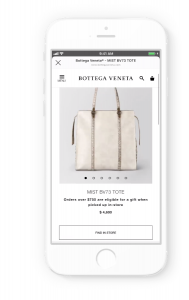
Promote your Bags
Once you’re up and selling, keep an eye on your sales and inventory and plan several promotions throughout the year, especially at key shopping times such as the upcoming holidays. You can entice first-time buyers to purchase a bag with a special promotion, perhaps a 25 percent discount or merchandise credit for referrals. You can also reward existing customers (and encourage repeat purchases) with a free gift – what about a matching pin badge, key ring or hair accessory with the purchase of a bag? Higher end bags can come with higher value gifts and your more inexpensive line can come with lower-cost gifts, such as button badges.
Cross promotion is another effective strategy. Whether or not you sell your products in a retail location, you can develop relationships with local businesses and seek out opportunities to cross promote your products. Think about logical combinations. For example, what about offering a coupon for a local shoe shop, where each customer that buys a pair of shoes gets a discount on one of your bags, and vice versa? Combining forces like this can help you both reach new and more customers and in a positive, memorable way.
Wherever to choose to you sell your bags, explore the platform’s available promotional offerings. Many online marketplaces offer marketing support or additional paid advertisements, such as Etsy Ads, to boost your visibility. Etsy also offers sales or coupons to help you attract new customers through targeted email promotions.
As you establish your designs in a competitive market, we hope this post helps you put together a successful strategy to boost your brand. If you already have inventory, what is the most popular bag you sell? We’d love to know! Or, if you have a vision for your line but haven’t begun the design and manufacture process, we’d love to share a few thoughts and recommendations with you, too. Best of luck!

